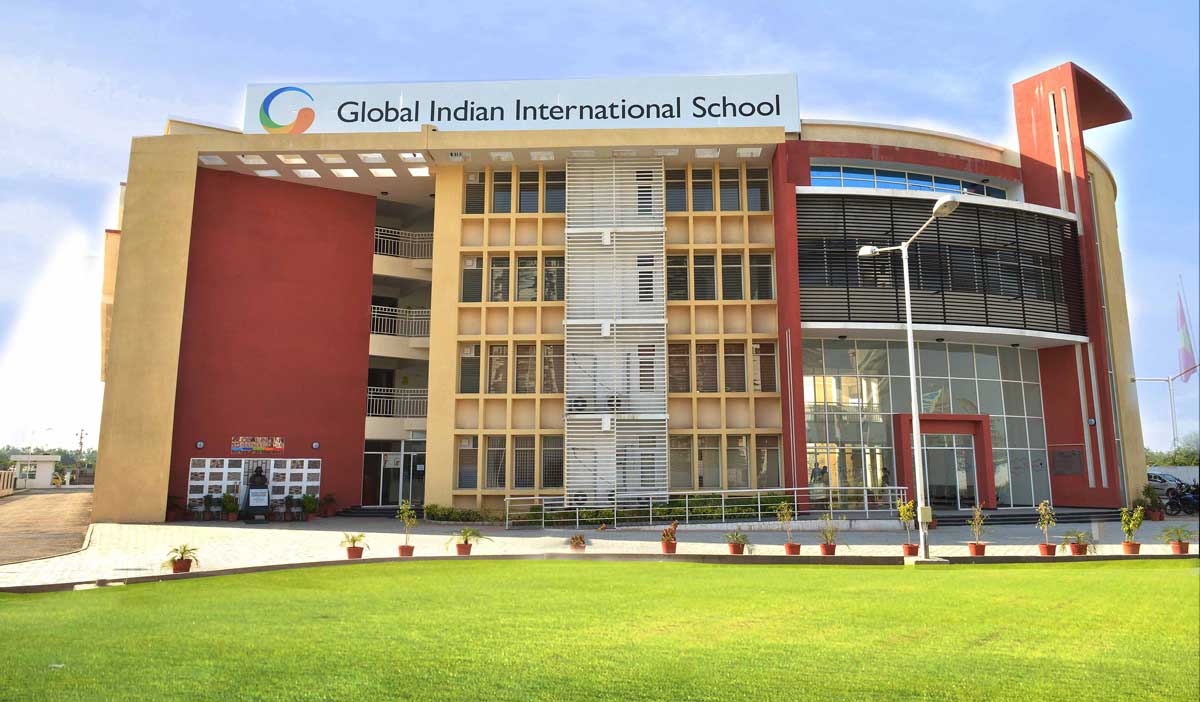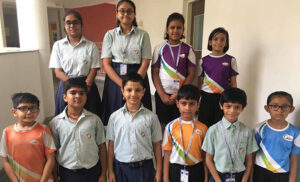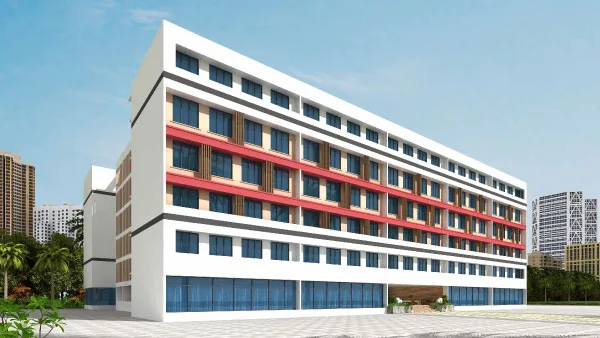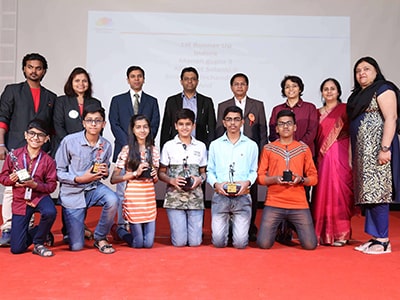Download our FREE Academic Calendar now! 📚 Start your child’s journey to success.
Do you know there are several parents out there who wish to change their child’s current curriculum?
The primary catalyst for change often stems from a mismatch between the chosen curriculum and a child’s goals—a concern shared by many parents: “How can I ensure the curriculum is the perfect fit for my child?”
We’re here to provide clarity! Let’s begin by exploring: What do we mean by Curriculum?
Frequently, we limit this term to certain elements, such as syllabus or schooling. However, it encompasses much more! The trajectory of your child’s life hinges on the educational journey they undertake—a journey profoundly shaped by the curriculum.
Imagine selecting an educational framework that diverges from your child’s aspirations and yours! Avoiding such a scenario is crucial—what you seek is a seamless transition from school to university and ultimately, a fulfilling career and life for your child.
Wondering why the curriculum holds such weight in this discourse? It depicts the Ahmedabad international high school vision for its students and the path to realizing it. It consists of a series of actions and learning outcomes; charting where your child should be and how to pave the way.
Now, the pertinent question becomes, “How do you determine the ideal curriculum for your child?” Several crucial factors warrant consideration in making this decision. They are often overlooked or left to chance in a student’s educational journey. However, it’s you, as a parent, who must discern the key factors significantly impacting your child’s future.
Let us walk you through five pivotal factors to help you in choosing the right curriculum for your child. We will provide a high school curriculum comparison with pros and cons. This will help you make the right choice.
Understanding High School Curriculum Options
CBSE
1. Description and Characteristics:
The Central Board of Secondary Education (CBSE) is a widely recognized national curriculum in India. It is known for its standardized approach. CBSE focuses on a comprehensive curriculum. It includes core subjects such as Mathematics, Social Studies, Science and English.
2. Pros:
● National Recognition: CBSE Curriculum is recognized nationally. This makes it easier for students to transition between schools in different regions.
● Well-Defined Syllabus: The curriculum is structured and follows a well-defined syllabus. It ensures a standardized level of education.
3. Cons:
● Limited Flexibility: Some students may find the curriculum too rigid. This can limit their ability to explore niche subjects or tailor their education to specific interests.
● Emphasis on Exams: CBSE places a significant emphasis on standardized exams, which might not suit every student’s learning style.
ICSE
1. Description and Characteristics:
The Indian Certificate of Secondary Education (ICSE) is another popular high school education curriculum in India. It is known for its comprehensive and holistic approach.
ICSE includes a diverse range of subjects. It includes languages, sciences, mathematics, and arts. The curriculum aims to provide a balanced education with a focus on depth of knowledge.
2. Pros:
● Holistic Education: ICSE emphasizes a holistic approach. It encourages students to explore various subjects and develop a well-rounded skill set.
● In-Depth Learning: The curriculum goes beyond surface-level knowledge. It promotes a deeper understanding of concepts.
3. Cons:
● Challenging for Some Students: The detailed and extensive syllabus may be challenging for some students. It may require dedicated study habits and time management skills.
● Limited Uniformity: The curriculum’s flexibility can result in variations in the standard of education across different schools.
IGCSE
1. Description and Characteristics:
The International General Certificate of Secondary Education (IGCSE) is a globally recognized high school academic choice designed for an international student body. It was developed by Cambridge Assessment International Education. IGCSE offers a broad range of subjects. It provides a foundation for further education or entry into the workforce.
2. Pros:
● Global Recognition: The IGCSE curriculum is recognized globally, making it suitable for families with international mobility.
● Emphasis on Application: The curriculum encourages the practical application of knowledge, fostering critical thinking and problem-solving skills.
3. Cons:
● Not Universally Recognized: While widely accepted, IGCSE may not be universally recognized in all countries. This could impact college admissions.
● Limited Native Language Options: Students may have limited options for studying their native language under the IGCSE curriculum.
State Board
1. Description and Characteristics:
State Boards provide education based on the specific state’s guidelines and policies. These boards often offer flexibility in curriculum design. It allows states to tailor education to regional needs and preferences.
2. Pros:
● Cultural Relevance: State Board curricula are often designed to be culturally relevant, incorporating local history, languages, and traditions.
● Flexibility: State Boards have the flexibility to adapt their curriculum to satisfy the unique needs of students in their region.
3. Cons:
● Varying Standards: The standards and quality of education can vary significantly between different states, potentially affecting students who relocate.
● Limited Recognition Outside the State: State Board certificates may have limited recognition outside the state, which could be a consideration for students planning to study in other regions.
Factors to Consider When Choosing a High School Curriculum
1. Academic Rigor and Flexibility:
● Rigor: You need to assess the curriculum’s academic demands. This ensures it aligns with your child’s capabilities. Striking a balance between challenge and manageability is crucial for sustained academic growth.
● Flexibility: You need to consider how adaptable the curriculum is to cater to your child’s unique learning style. Some students thrive in a structured environment. There are others who benefit from the freedom to explore specific subjects or adjust the pace of learning.
2. Extracurricular Opportunities:
● Diverse Activities: You need to evaluate the variety of extracurricular activities offered by the school admission in Ahmedabad. A well-rounded curriculum provides opportunities for sports and several other activities.
● Holistic Development: Participation in extracurriculars contributes to holistic development. It can foster skills beyond academics; such as leadership and time management.
3. College and Career Goals:
● Compatibility: You need to ensure the chosen curriculum aligns with your child’s college and career aspirations. Some curricula may offer specialized tracks or advanced courses that support specific fields of study.
● Admission Requirements: It’s good to research whether the curriculum meets the admission requirements of desired colleges or universities. This ensures a smooth transition to higher education.
4. Budget and Financial Considerations:
● Tuition and Fees: You should evaluate the financial aspects. This includes tuition fees and any additional costs associated with the chosen curriculum. It is best to consider whether the investment aligns with your family’s budget and financial priorities.
● Hidden Costs: Be mindful of potential hidden costs, such as materials for specific projects or field trips. Understanding the complete financial picture ensures informed decision-making.
5. Support Systems and Resources:
● Counseling Services: You need to assess the availability of counselling services. Adequate guidance contributes to academic success and addresses any challenges your child may face.
● Special Education Programs: If applicable, investigate the presence of special education programs. These can provide essential support for students with unique learning needs.
● Resources: You must consider the overall resources provided by the school. Well-equipped facilities enhance the learning experience and contribute to academic excellence.
Conclusion
Selecting the right high school curriculum for your child is a nuanced process that requires careful consideration of various factors. Each curriculum option comes with its strengths and limitations. The optimal choice depends on your child’s unique characteristics and future goals.
Engaging with educators and involving your child in decision-making can contribute to a well-informed choice. Remember that the goal is to provide your child with an enriching and fulfilling educational experience that sets the stage for a successful future. We hopefully have answered your question- what is the best curriculum for my child?
Frequently Asked Questions
1. Which curriculum is best for high school?
Choosing the best high school curriculum depends on your child’s strengths and future goals. It would help if you considered factors such as academic rigor and compatibility with college and career aspirations.
Each curriculum—CBSE, ICSE, IGCSE, or State Board—has unique characteristics. This means you must assess which aligns best with your child’s learning style and personal ambitions.
2. How do I choose a school curriculum?
In order to select a school curriculum, you must assess your child’s learning style and career goals. It is best to research the options available. It would help to consider factors such as academic severity and extracurricular opportunities. Also, take into account your budget constraints.
3. What is the secondary school curriculum?
The secondary school curriculum encompasses the set of subjects and educational content that students study during their high school years. It typically includes core subjects like mathematics, science, social studies, and language arts.
Additionally, students may be able to choose elective courses based on their interests and career goals. The secondary school curriculum aims to provide a comprehensive education. It prepares students for higher education or entry into the workforce.
